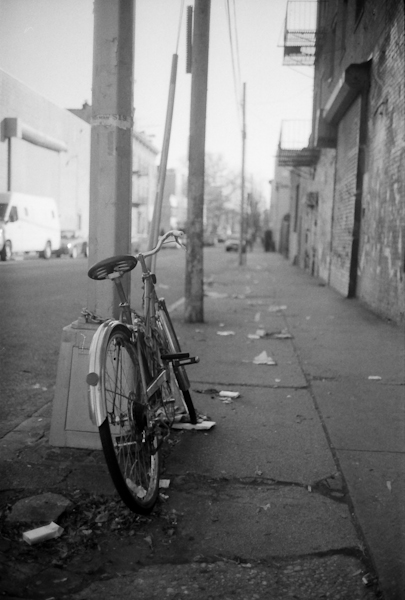Highway 61
Revisited
Back to the "BS" 🙄 I wrote about the Hexar AF 35/2 and the Summicron 35/2 V4 both being well known to be some derivations of the original W-Nikkor-C 35/1.8 : the modifications applied by Leitz and Konica to the original formula differ, Konica had to adapt the optical design to allow electronic control of aperture and shutter speed, and, of course, the leaf shutter to be installed inside the lens.
The main difference between the W-Nikkor and the Hexar lens is that in the latter, the second and third elements are separated, leaving more space between the front lens group and the intermediate group, in which the shutter is installed.
Another difference is the rear group, used for the correction of coma, spherical aberration and "flatness" of the picture. It seems that Konica engineers have optimized the optics with a balance that is specific to them. Under-correction of spherical aberration allows the image to have better contrast at f/2. The disadvantage of this approach is that it causes a shift of the focal plane when the diaphragm is closed. That is why manufacturers generally prefer to over-correct spherical aberrations to avoid this shift focus, but Konica faced this problem by programming the AF database to take care of this shift while focusing in aperture priority mode.
This explains why the perspective rendition of the Hexar is considered slightly better than the Summicron at f/2 and f/2.8. This under-correction of aberrations also allows a softer and more pleasant bokeh.
All in all the Hexar AF and its huge marketing success can be seen as a great tribute to the original W-Nikkor-C 35/1.8 engineers.
This lens was therefore declined in LTM :
http://www.dantestella.com/technical/hex352.html
The main difference between the W-Nikkor and the Hexar lens is that in the latter, the second and third elements are separated, leaving more space between the front lens group and the intermediate group, in which the shutter is installed.
Another difference is the rear group, used for the correction of coma, spherical aberration and "flatness" of the picture. It seems that Konica engineers have optimized the optics with a balance that is specific to them. Under-correction of spherical aberration allows the image to have better contrast at f/2. The disadvantage of this approach is that it causes a shift of the focal plane when the diaphragm is closed. That is why manufacturers generally prefer to over-correct spherical aberrations to avoid this shift focus, but Konica faced this problem by programming the AF database to take care of this shift while focusing in aperture priority mode.
This explains why the perspective rendition of the Hexar is considered slightly better than the Summicron at f/2 and f/2.8. This under-correction of aberrations also allows a softer and more pleasant bokeh.
All in all the Hexar AF and its huge marketing success can be seen as a great tribute to the original W-Nikkor-C 35/1.8 engineers.
This lens was therefore declined in LTM :
http://www.dantestella.com/technical/hex352.html








